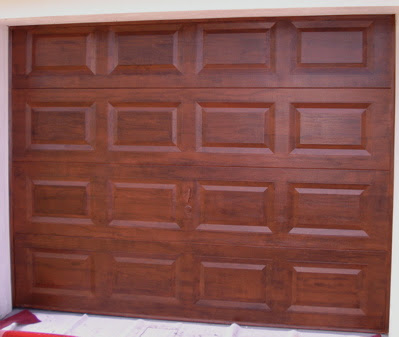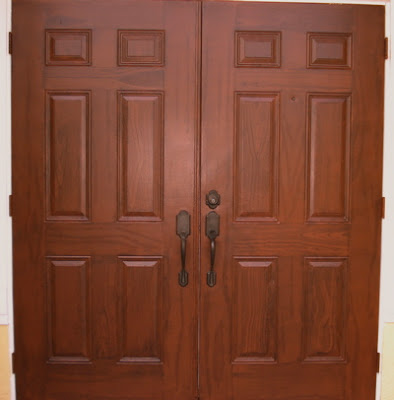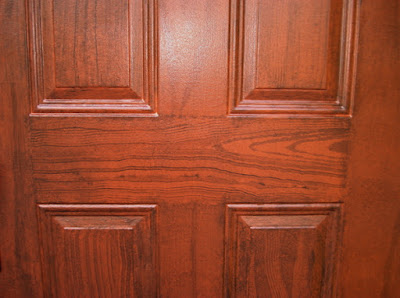 |
| Blouse design selling online |
Here's a snapshot of a blouse that is available online. It's pretty and I loved the fact that it wasn't just one solid color. It also gave me the inspiration for faux painting an accent wall using a simple Sponge painting and Ragging technique.
With the Multi Color Faux Palette and Tuck and Gather Tool that comes with our Basic Faux Painting Kit along with a sponge and a rag, it should be very easy to achieve the design I came up with.
I used a program called Pages on my iMac to generate the design. By using a bit of graphics, interest is added to a plain white wall.
We also added a picture of red candle accessories we can add later.
 |
| Faux painting design generated on a computer |
This look would be great for any room, especially an art room or bathroom. Using a level and tape, we would mask off the areas and then vary each rectangle with a different sponging and ragging pattern.
We would start faux finishing all the boxes using a sponge. Then for the bottom left box, we would come back and add another layer of the sponging. After that, the top right corner box would get a third layer and finally, the box on the left in the middle would get a 4th layer. The more layers, the less of our white base coat would show. Lastly we faux finish the lower right box adding some ragging on top of the sponging we did.
We will eventually add this design to our Color Suggestions and Idea E-Book that our customers receive when they order any of our kits.




